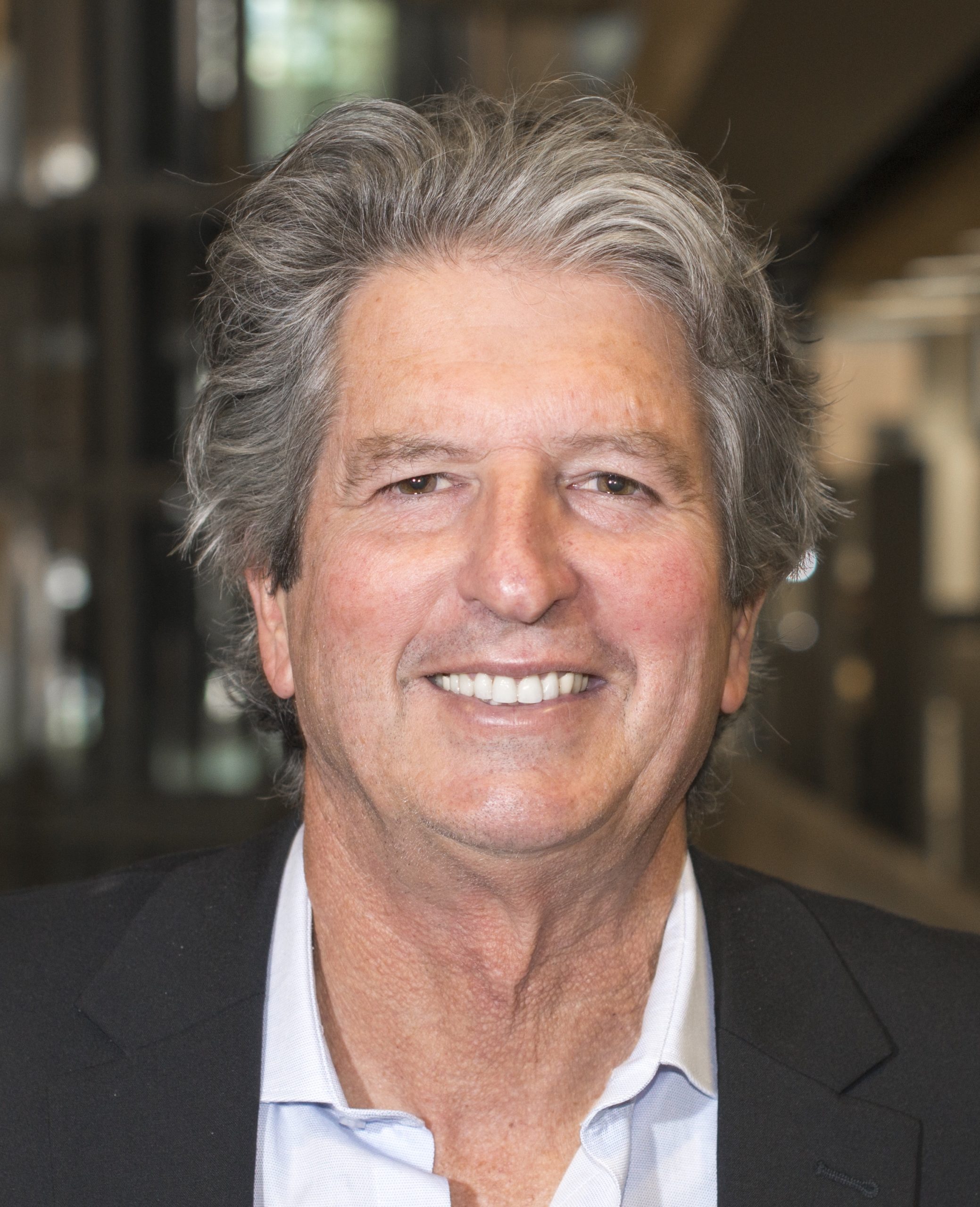Martin Green is Scientia Professor at the University of New South Wales, Sydney and Director of the Australian Centre for Advanced Photovoltaics, involving several other Australian Universities and research groups. His group’s contributions to photovoltaics include inventing the PERC cell, now the main commercial solar cell, and holding the record for silicon cell efficiency for 30 of the last 37 years, described as a “Top Ten” Milestones in solar photovoltaics history. Major international awards include the 1999 Australia Prize, the 2002 Right Livelihood Award, also known as the Alternative Nobel Prize, and the 2018 Global Energy Prize presented in Moscow.
Can Solar PV save the World?
Abstract
Recent rapid prices reductions have positioned photovoltaics where it can make a major impact on global CO2 omissions. An increasing number of studies show there are no technical barriers to a transition to a zero-carbon future driven by these ongoing solar cost reductions, complemented by similar cost reductions in wind and storage. One such recent study outlines one path to a zero-carbon future by 2050 by technology transition across all major energy sectors including not only electricity, but also heat, transport and industrial processes. This transition is driven primarily by solar, with 63TW capacity calculated as required globally by this date, complemented by 8TW of wind, in the process creating 35 million direct energy jobs.

